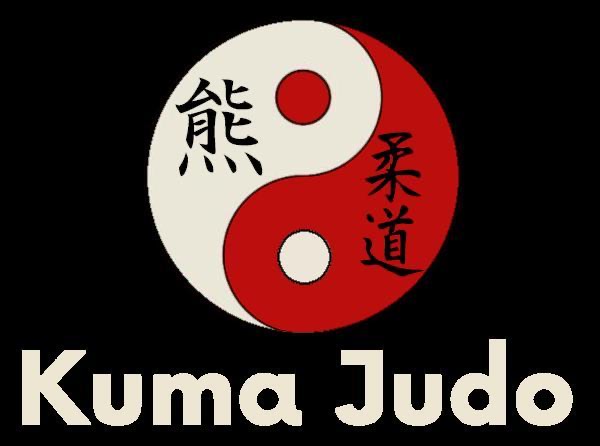Wear comfortable exercise clothes to try a class. Once you’ve decided to continue you must obtain a “Judo gi.” A Judo gi is a heavy-duty cotton uniform made to withstand the forces of gripping and throwing without tearing. Some prefer to wear a t-shirt under their gi jacket. Also bring a pair of indoor sandals for off mat use.
Classes begin and end with the class lining up and bowing. This custom indicates a mutual respect of students and instructors. Etiquette also calls for standing bows when entering and leaving the practice hall and getting on or off the mat.
Warm up: Instructor led exercises to warm up and stretch to prepare for the workout.
Ukemi (proper falling techniques) is the most basic technique in Judo and we work to improve our ukemi with every class. We’ll help you learn how fall backwards, forwards, sideways, and rolling across the mat on your own without a partner. This will help you learn how to fall safely after being thrown by a partner. All this prepares you to play the standup Judo game called randori. In randori players try to catch the other in a throw.
Waza: Waza (Judo techniques) are generally divided into throwing and grappling techniques
Throwing techniques are grouped into six catagories:
Grappling techniques consist of three catagories:
(only allowed for teens/adults)
(only allowed for adults with Brown and Black Belt ranks)
Most beginners start by learning basic throws from the first three categories such as the shoulder throw (seoi nage), hip throw (ogoshi), and major reap (osoto gari).
Sensei Lally demonstrating the completion of his kata-guruma throw
on Sensei Menard at Kuma Judo.
Sensei Demo demonstrating his tai-otoshi throw
on Sensei Lally at Kuma Judo.
Sensei Lally demonstrating his sode-tsuri-komi-gosh throw
on Sensei Stratton at Kuma Judo
Uchikomi and Randori: Uchikomi is the practice of a technique with repeated entry and without completion of a throw, as an exercise to study how to use the technique. Randori is a free play game where judoka (Judo players) pair up to try out their techniques, attacking and defending at will. There are standup and grappling games of randori.
Shiai: Or Judo competition is a competitive refereed version of Randori where contestants start standing and can win the match by throw or grappling. The International Judo Federations sets rules for competitions that are used from the Olympics to the local tournament.
Cooling down: At the end of workouts, cool down exercises are recommended to develop flexibility, good circulation and minimize exercise-related stiffness.
Participation in Judo competition is an optional part of Judo. Competitions are scheduled throughout the year at various clubs in New England, nationally and internationally. International Judo Federation rules have defined weight categories for competitors who go one-on-one for 4 minutes. To win, a competitor must either execute a perfect throw for an ippon (full point), pin for 20 seconds, or choke or arm lock their opponent until he or she gives up by “tapping out.” Matches that end without full point throws or submissions are decided by a “Golden Score” overtime where the next score wins the match.
Promotions for lower ranks are decided by your instructor. The instructor looks for development of Judo techniques, attitude, amount of time in grade, and accumulation of points. Points are accumulated by competing in tournaments or participating as a non-competitor at tournaments (time keeping, refereeing, etc.). Promotions without points require more time in grade. This provides a path to black belt for those who choose not to compete. Higher rank promotions are recommended by the instructor and decided by the United States Judo Federation promotional board.
The
principles of judo are Seiryoku Zenyo (Maximum Efficiency with Minimal Effort)
and Jita kyoei (Mutual Benefit & Welfare for All).
“The aim of Kodokan Judo is to perfect oneself by regular training of
the mind and body so that each person works in harmony with themselves and
ultimately with all others.”
by
Jigoro Kano
